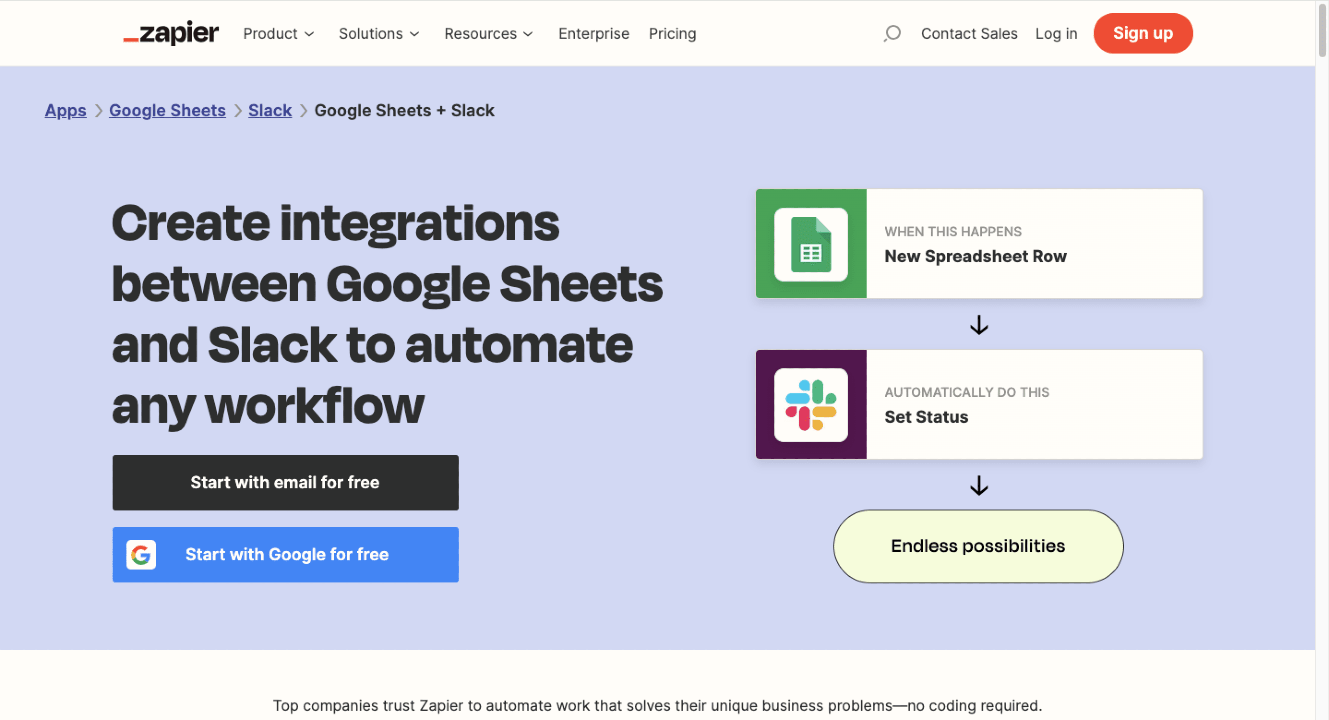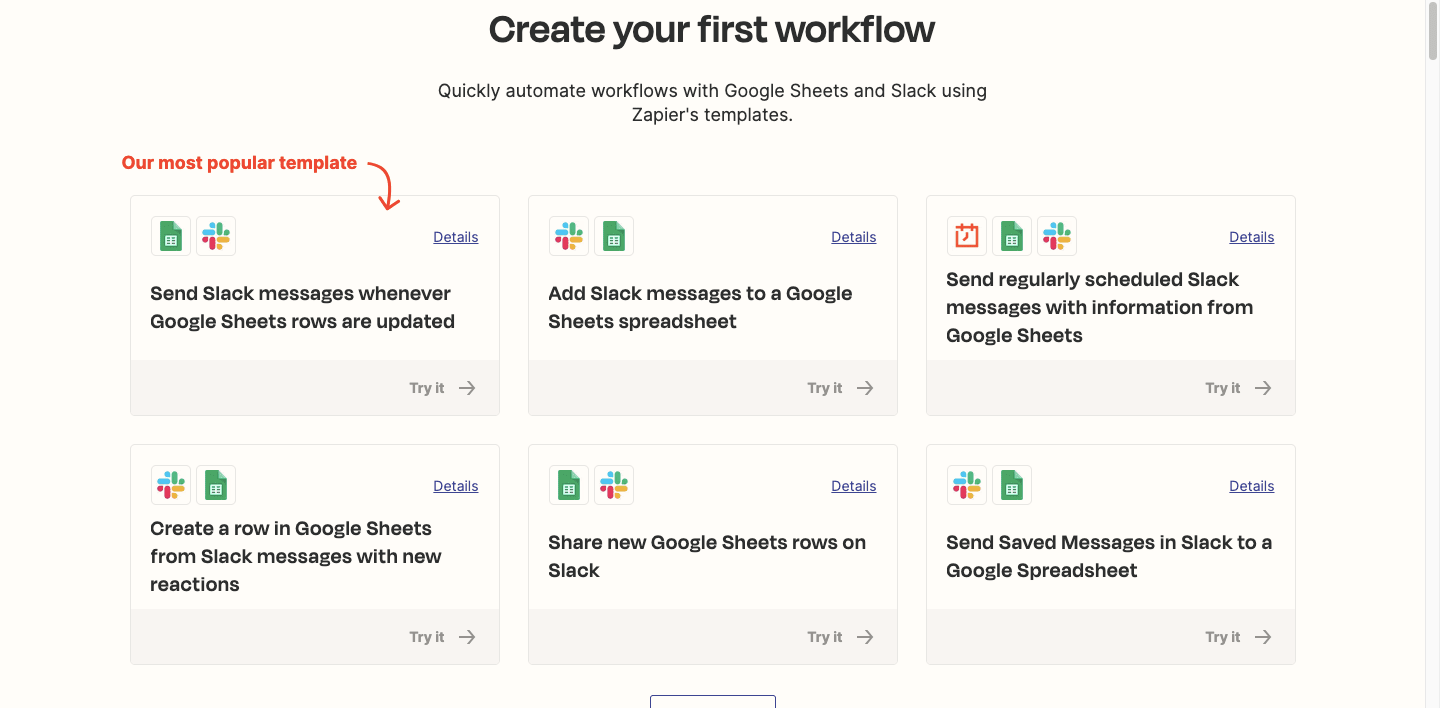Product-Led SEO, Sales Enablement Content, and more.
|
Hi Reader, I love the beginning of new quarters and new years. There’s just this special feeling of starting afresh, brainstorming new strategies and evaluating goals and key results for the next quarter. Marketing is a continuous learning journey. For me, I can never learn enough. So I’ve spent the past few days learning about new strategies that can help me drive my Q2 goals home. Just because I actually want you to grow as a stellar marketer, I’ll share some of my research with you in today’s edition. Without too much shalaye, let’s get to it. In today’s edition:
Estimated read time: 8 minutes 10 secondsIs product-led SEO right for you?📱Many marketers practice content-led SEO. Which is, as the name suggests, building an SEO strategy around creating several content pieces (blog posts, e-books, whitepapers) that are relevant and valuable to your target audience. This way, you start with keyword research and gradually build authority for your website through great content. Product-led SEO is more about leveraging the features and unique user experiences of your company’s product to drive traffic and conversion. This strategy isn’t as easy to achieve as content-led SEO because it involves in-depth integration with your product. A perfect example of a company getting product-led SEO right is Zapier. Here’s why: If you google the keyword ‘how to connect google sheets to slack’, Zapier ranks on the first page. Some YouTube videos rank first but it’s the landing page we’re concerned about here.
Clicking on the search result takes you to a landing page centered around Zapier’s ability to create a Google Sheets and Slack integration and a few use cases for it.
The idea here is that since Zapier is a product that allows users to connect thousands of apps with their integrations, many users are probably searching for ‘how to connect A with B’. Zapier has created landing pages under their (/apps) category that can rank for these keywords. As seen above, they even highlighted their most popular integration template, and gave examples of several other results that potential users may be trying to achieve. Each with CTAs that can drive conversions to signups. Now, because I’ve explained what product-led SEO is and gave a great example doesn’t mean that you should jump right into implementing product-led SEO for your company. Here are a few signs that product-led SEO is right for you:
Product-led SEO can be very effective for conversions, especially when done right. I came across a bunch of articles about this when considering a product-led growth strategy so this will be extremely helpful for product marketers and marketing managers. Sales enablement content: Where to begin ✍️On the other hand of product-led growth, we have sales-led growth. In a previous newsletter edition, I shared why content marketers in sales-led companies need to prioritize creating content to enable their sales team to perform better. Sales enablement content is basically content that helps your sales team close deals. In an ideal company, the content marketing team creates resources like videos, articles, product guides and more, that the sales team can share with leads and customers to help them make a decision to convert. Sales enablement content can come from a number of sources within or outside your company. Here’s my process for creating sales enablement content for B2B tech companies: Audit existing contentIf your organization has existing sales enablement content, review each piece and identify which assets are still relevant. If you work in a fast-paced company like I do, then some of the content may need to be updated or even discarded. Identify your user personasYou probably already have user personas, but it’s a good idea to double check if they’re as detailed as they should be. Your B2B user personas should answer these important questions:
Talk to the sales teamNobody in your organization knows your users better than the sales team. They’re a very important resource for determining what type of content you need to create to aid conversion. These three actions will help you understand exactly the type of sales enablement content you need to create. Now, let’s get to creating. Gather your sourcesHearing challenges and pain points directly from your users are a great place to start. If your sales team has some recorded sales calls, then this makes your job easier. Product documentation and help centers are also good sources for sales enablement content. You can always repurpose these sources into pitch decks, how-to guides and articles that compare your product to competitors. Outline content formatsThis is where your user personas come in. How do your users like to consume information? Video? Blog posts? Reports and white papers? Concise landing pages? Your personas tell you where to start and what’s most important. Outline these formats and their respective channels so it’s easy to know what to create. Map content ideas to a stage in your buyer journeyYou’ve laid out your content formats now, so I’m sure you have loads of content topics and ideas flooding your mind. Before you start, write down the different stages of your buyer journey, i.e. awareness, consideration, decision, etc, and start to map out your content ideas in these different buckets. This helps you create a clear sales enablement content strategy across the entire journey. Create and repurposeWith the sources provided and your outlined content format, you should have quite a bit of sales enablement content to help your sales team succeed. The great thing about content like this is that it can be easily repurposed into different formats. For instance, a product guide can be repurposed into a how-to blog post, which can also be repurposed into a script for a product explainer video. It’s a never-ending cycle of content! I hope my ramblings have made you reconsider creating some sales enablement content if you work in a sales-led company and have never prioritized this. The process above should get you started on a great note! I’m super excited for a couple of things I’m working on for my audience in Q2. If you’ve been reading consistently, then you already know about the email course I’m creating. I’ve finally found the perfect topic and I can’t wait to get started on creating. The second is a resource that I think everyone is going to love. But I’m not ready to share what it is yet 🤫 Just like I do, I hope you have big things planned for this quarter too. Until next time, Olohireme |
The Marketing Roundup
Growth tips for early and mid-level marketers
Hi Reader, I had a win at work last week, and it’s all thanks to content distribution. I talk about distribution pretty often on this newsletter. And that’s because it’s a huge part of achieving success with content marketing. “If you create great content, it’ll distribute itself” If you think that I’m about to share another tried and tested distribution strategy with you, you’re right. Let’s get to it. In today’s edition: Forums for content distribution How to handle content requests from...
Hi Reader, How do you come back from an unannounced month-long break from your newsletter? With a power-packed issue. While I was away, I was posting on LinkedIn consistently for one reason. I wanted to get better at copywriting. In a one-on-one meeting with my manager a couple of weeks ago, I told him I wanted to be a better copywriter. You can guess what his advice was: “Write and post on LinkedIn every day until you notice a difference”. And that’s exactly what I did. So today’s issue is...
Hi Reader, What are some of the first things you do at a new content marketing job? I just started in a new role this week, and my priority has been mastering all the processes, understanding my team’s goals, and getting access to the tools I need to do my job. It’s been pretty busy, so today’s newsletter issue is going to be short and sweet. At new jobs, you also try new strategies. As you switch target audiences in different roles, it gives you more experience crafting content marketing...


